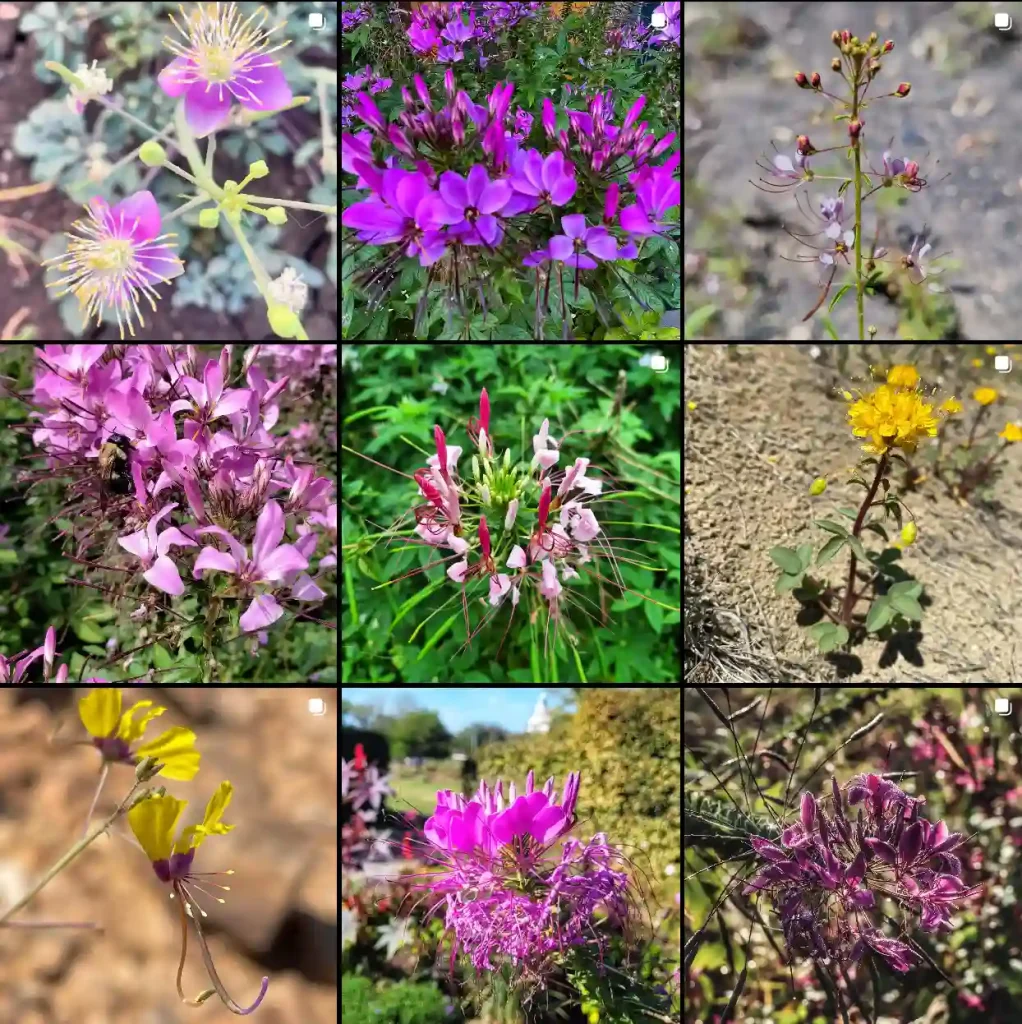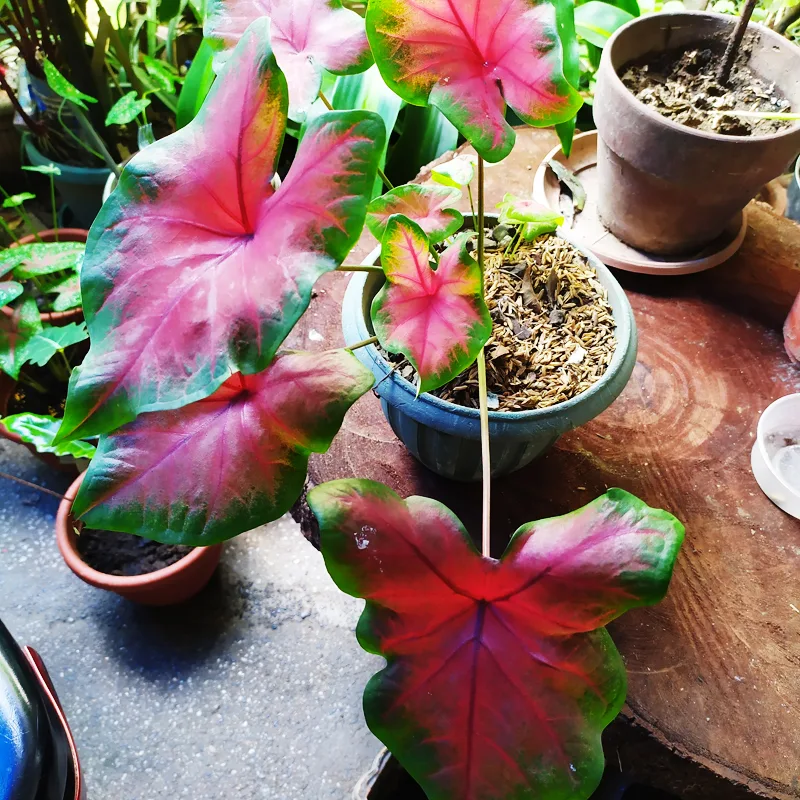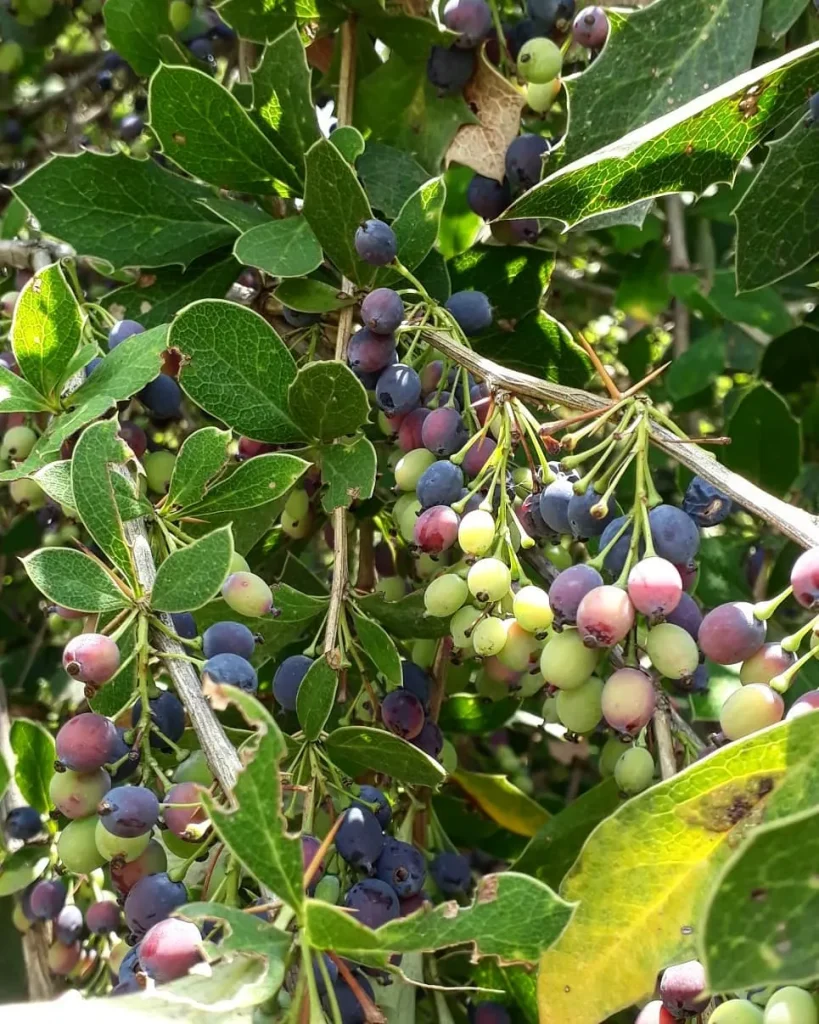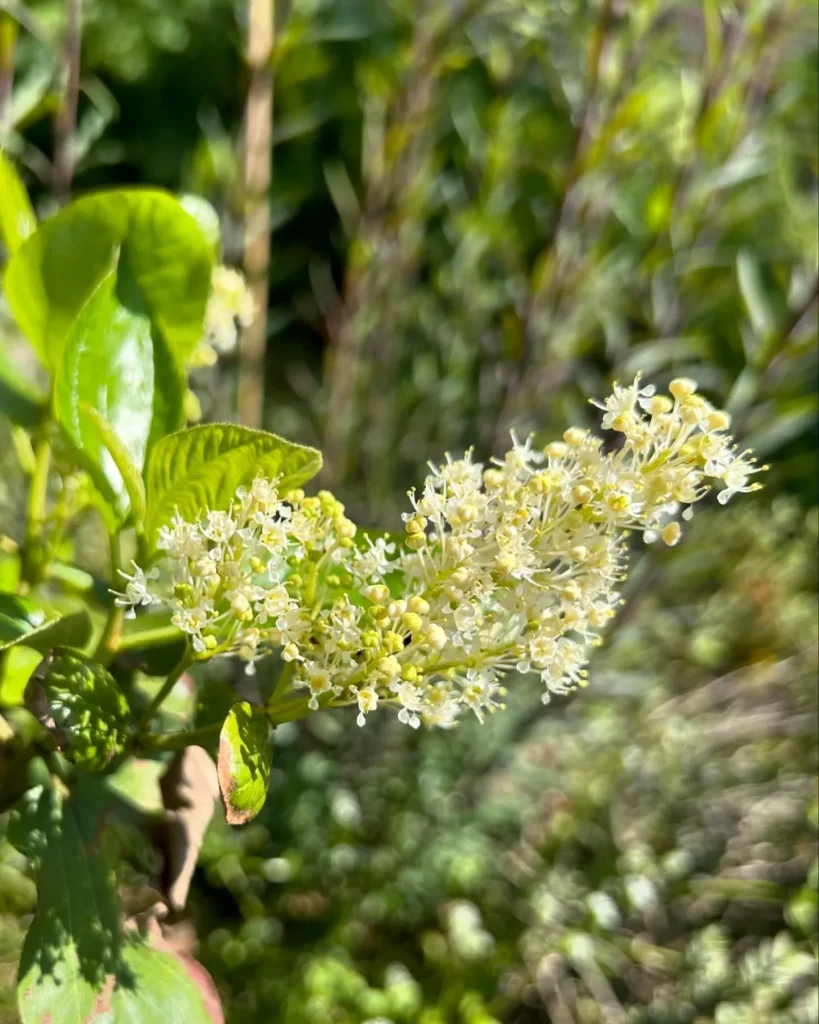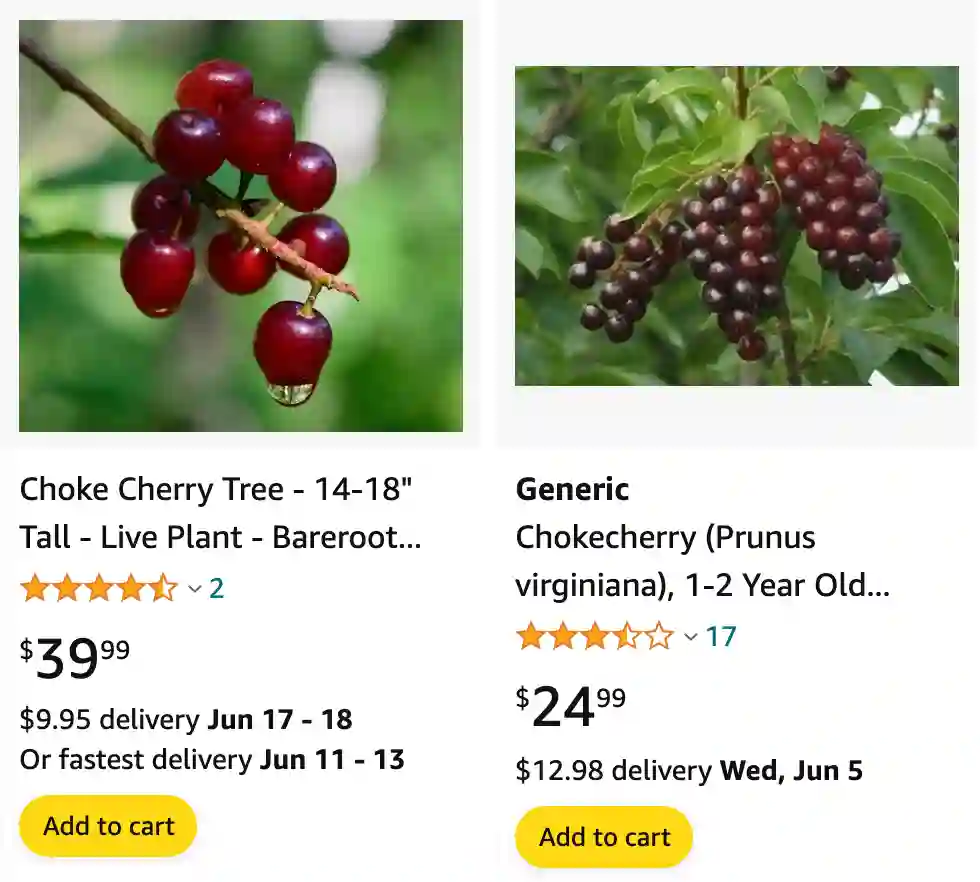
What is a chokecherry?
A chokecherry (Prunus Virginiana) is a type of fruit that grows on a shrub or small tree, which I first discovered on a hike through a forested area. They have this tart, astringent taste that’s pretty intense if you eat them raw, but I’ve learned they can be delicious when prepared properly. I remember gathering a bunch with friends during late summer, their deep red to nearly black color standing out among the leaves.
390 Species in Genus Prunus
What does a chokecherry look like?
Chokecherries look like small, dark berries clustered together on stems. They’re usually about the size of peas and can range from bright red when they’re unripe to almost black when fully mature. I’ve often found them dangling in dense clusters, which makes picking them quite easy, though the challenge is to not eat too many raw because of their bitterness.
Can you eat chokecherry?
Yes, you can eat chokecherries, but they are much better when processed into jams, jellies, or syrups. Raw chokecherries can be quite bitter and astringent, which I learned the hard way by popping a few in my mouth straight off the bush. Cooking them transforms their flavor, making them much more palatable and enjoyable.
How to make chokecherry jelly?
To make chokecherry jelly, I start by boiling the berries with water to extract the juice. After straining the mixture to get rid of the skins and seeds, I combine the juice with sugar and pectin, then bring it to a boil again. I pour the hot jelly into sterilized jars and let them cool, creating a beautifully dark, sweet, and tangy jelly that goes great on toast. I remember my first attempt didn’t set quite right, but the flavor was so good, I didn’t mind using it as a syrup instead.
How to make chokecherry syrup?
To make chokecherry syrup, I start by boiling the chokecherries in water until they’re soft and the juice is released. After straining the solids out, I return the juice to the pot and add sugar, cooking it down until it thickens slightly. It’s perfect for pancakes or drizzling over ice cream. One summer, I made a big batch and ended up giving bottles of it to friends and family, who all loved the unique, tangy flavor.
Is chokecherry edible?
Chokecherries are definitely edible, but with a caveat—they contain pits that are not safe to consume. The fruit itself is fine once cooked, as heat neutralizes any potential toxins. I always make sure to remove the pits before using them in recipes. I remember my grandmother telling me this when she taught me how to make chokecherry jelly as a kid.
How to make chokecherry jam?
Making chokecherry jam is similar to jelly, but I like to include some of the fruit pulp for a thicker texture. After boiling and straining the juice, I mix it with sugar and pectin, then add back some of the sieved pulp. Cooking it down to the right consistency is key. One year, I made a batch that was so popular, I had people asking me to make more before winter had even ended.
How to make chokecherry wine?
Chokecherry wine is a bit more involved but worth the effort. After crushing the berries and fermenting the juice with sugar and yeast, I let it sit for several weeks to develop its flavor. I have to strain and bottle it, then let it age for a few months. The first time I made it, I was amazed at how astringent chokecherries could transform into such a rich, complex wine.
Are chokecherry trees invasive?
Chokecherry trees aren’t typically invasive, but they can spread if not managed. They can send out suckers from their roots, which I’ve had to trim back in my yard to keep them from taking over. However, they’re generally well-behaved and more beneficial than troublesome, especially considering how much I love their fruit.
How to make chokecherry juice?
To make chokecherry juice, I simmer the berries in water until they burst and release their juice, then strain out the solids. I often add a bit of sugar to balance the tartness, and sometimes a squeeze of lemon for extra flavor. Drinking it chilled is incredibly refreshing, and I’ve found it makes a great mixer for cocktails as well.
How fast do chokecherry trees grow?
Chokecherry trees grow at a moderate rate, not too fast but not too slow either. I’ve noticed the ones in my yard put on a few feet each year, especially when they get plenty of sunlight and water. They’re quite hardy and adaptable, which is probably why they thrive in so many different environments.
How long can you keep chokecherry juice in the fridge?
Chokecherry juice can be kept in the fridge for about a week. I usually store mine in a sealed container, and it stays fresh and tasty for that time. If I make a large batch, I sometimes freeze portions to keep them longer. I’ve learned that using sterilized bottles can also extend its shelf life a bit.
If i die, water my plants!
